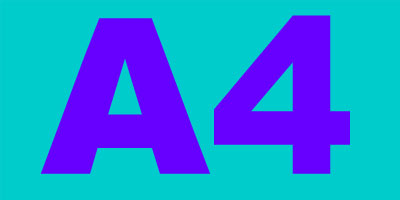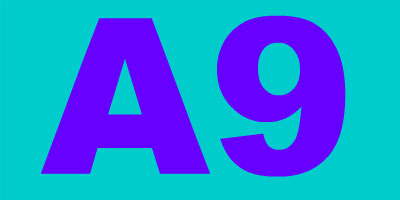
Begin studying human behavior and mental processes.

Behavior is influenced by an inner force that humans have little control of.

Factors change or vary in some way.

Neurons contain of a good nucleus.

Chemicals that are released from the terminal buttons which are recieved from the dendrite of the receiving neuron. These chemicals travel across the synapse.

The body prepares organisms for stressful situation. Either fight or run.

Maintaining homeostasis and regulating behavior that is vital for the survival of the species.

An analysis, organizing and intergration of stimuli using sensory organs and the brain.

Within the retina, center the image on the fovea. Cones concentrate on the fovea to focus, sharpen and concentrate the image.

Receptor cells that correlate with color, are joined in pairs and work in opposition.